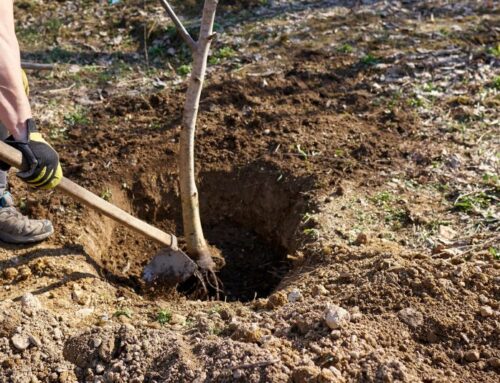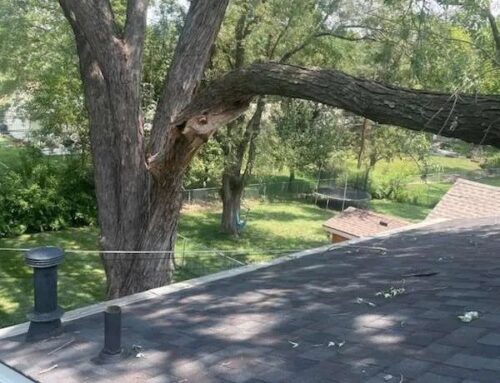Storms can wreak havoc on trees, leading to broken limbs, uprooting, and other issues. If trees have fallen and are causing damage, we are ready to assist with emergency tree services! But it’s best to be proactive and with proper anchoring techniques, you can help ensure a tree’s stability to reduce storm and hurricane tree damage. This guide covers why anchoring trees is important, methods to anchor them, and steps to follow for best results!
Why Trees Need Anchoring
Anchoring trees isn’t just about keeping them nice and straight. It’s also about strengthening them to withstand high winds, heavy rain, and wet soil. Young, newly planted trees often lack the established root systems needed to stay stable in severe weather. Similarly, mature trees that have been recently transplanted or have shallow root systems are also more likely to be toppled. Anchoring helps stabilize weak roots, the most common cause for why trees fall, and minimizes the risk of uprooting and tree damage.
Identifying Trees That Need Anchoring
Not every tree requires anchoring. Here are the trees most at risk:
– Young, Newly Planted Trees: Trees in their initial growth stages often have underdeveloped root systems and need support.
– Top-Heavy Trees: Trees with dense foliage or that have been pruned in a way that creates an unbalanced canopy.
– Transplanted Mature Trees: Large trees moved from their original location need time to establish roots.
– Trees in High-Wind Areas: Species growing in regions prone to frequent storms or strong winds are prime candidates for anchoring.
– Weak or Damaged Root Systems: Trees with compromised roots due to soil erosion, disease, or construction damage benefit greatly from anchoring.
Different Methods to Anchor Trees
Several anchoring methods can be used based on tree type, size, and specific environmental conditions. Each technique has its own benefits, so choose the one that best suits your needs.
Guying
Guying is a method where flexible cables or ropes are attached to the tree trunk and anchored to the ground at an angle. This approach provides lateral stability and is suitable for larger, top-heavy, or mature trees that need reinforcement against strong winds.
Steps for Guying:
- Select three points around the tree, each equidistant from the trunk.
- Secure ropes or cables to the tree at a point no higher than two-thirds of its height.
- Anchor the cables to sturdy ground stakes, ensuring they are taut but not overly tight.
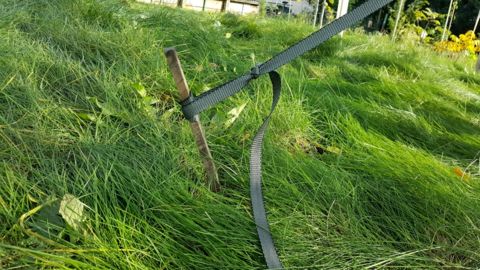
Staking
Staking involves placing rigid stakes into the ground and tying the tree trunk to these supports. It’s most effective for young trees or those up to 10 feet tall.
Steps for Staking:
- Choose 2-3 stakes, placing them evenly around the tree.
- Drive the stakes into the ground, ensuring they’re at least 18 inches deep.
- Use soft ties to connect the stakes to the tree, placing them about a third of the way up the trunk to allow slight movement.
- Check that the ties are secure but not restrictive, allowing the tree to sway slightly for natural strengthening.
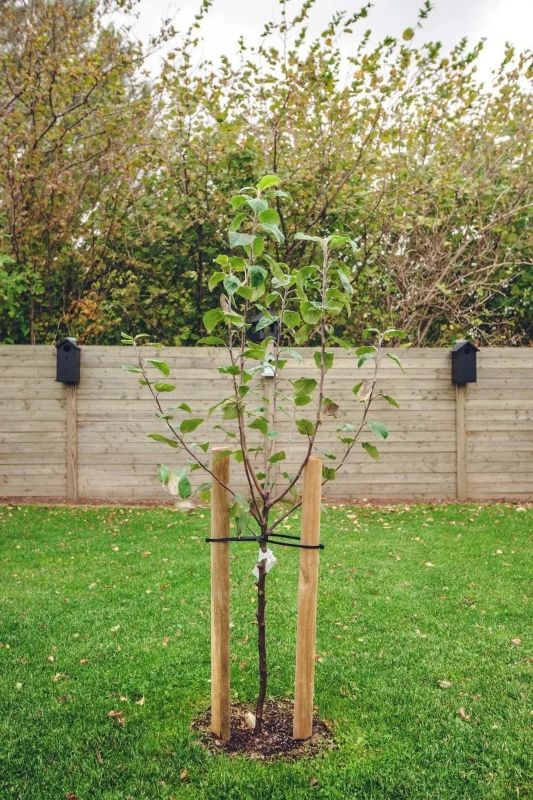
Root Anchoring Systems
For more robust support, root anchoring systems are ideal. This method involves the use of specialized anchor plates or systems that are installed underground, gripping the roots and stabilizing the tree at its base.
Steps for Installing Root Anchors:
- Dig a trench around the base of the tree to expose key roots.
- Place anchor plates and secure them using adjustable tensioning devices.
- Backfill the soil to cover the anchors while maintaining tension on the system.
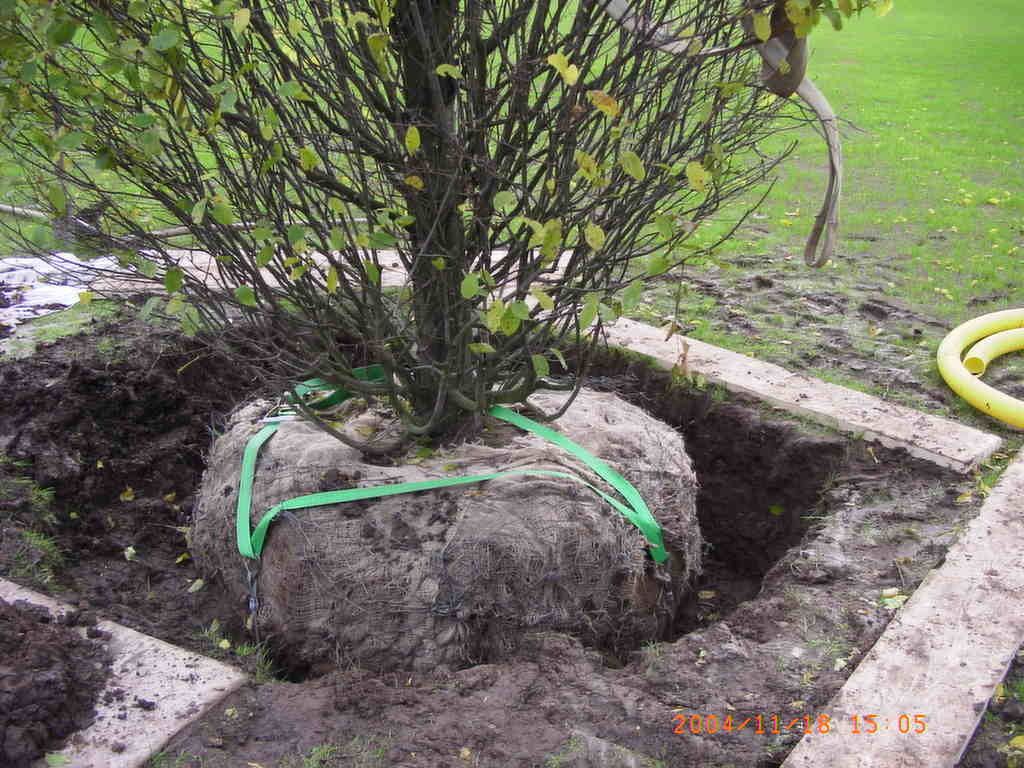
Tools and Materials Needed for Tree Anchoring
Before starting, check that you have the necessary tools and materials:
– Guy wires or strong ropes
– Wooden or metal stakes
– Soft ties or adjustable straps
– Ground stakes
– Anchor plates for root systems
– Hammer or mallet
– Shovel
– Protective gloves
Step-by-Step Guide to Anchor a Tree
- Assess the Tree: Determine which anchoring method suits the tree’s size, type, and condition.
- Prepare the Site: Clear any debris around the tree base and mark points for stakes or anchors.
- Install Stakes or Anchors: Drive the stakes into the ground or set up root anchors as needed.
- Attach Ropes or Ties: Connect ties to the tree trunk at the appropriate height.
- Tighten: Adjust the tension so the tree is supported but can move slightly.
- Secure and Test: Ensure all connections are tight and that the tree is stable without being rigid.
Maintenance and Care After Anchoring
Tree anchoring isn’t a set-and-forget solution. Regular maintenance is necessary for the tree to grow healthily and for the anchoring system to function effectively:
– Periodic Checks: Inspect the ties, cables, or anchors every few months for wear and tear.
– Adjust Tension: Loosen or tighten ties as the tree grows to prevent girdling.
– Remove Anchors: Once the tree has developed a strong root system, typically after one to two growing seasons, remove the anchors to allow natural movement.
Additional Tips for Storm-Proofing Trees
Beyond anchoring, there are proactive measures to strengthen trees against storms:
– Prune Regularly: Trim branches to prevent a top-heavy canopy and reduce wind resistance.
– Improve Soil Health: Strong roots grow in well-drained, nutrient-rich soil. Mulch and fertilize as needed to promote healthy growth.
– Avoid Overwatering: Saturated soil can weaken root anchoring; ensure proper drainage to keep the soil firm.
Whether you choose guying, staking, or root anchoring systems, anchoring can help your trees survive and protect your property during storms. Need help? Reach out to us for a free assessment!


